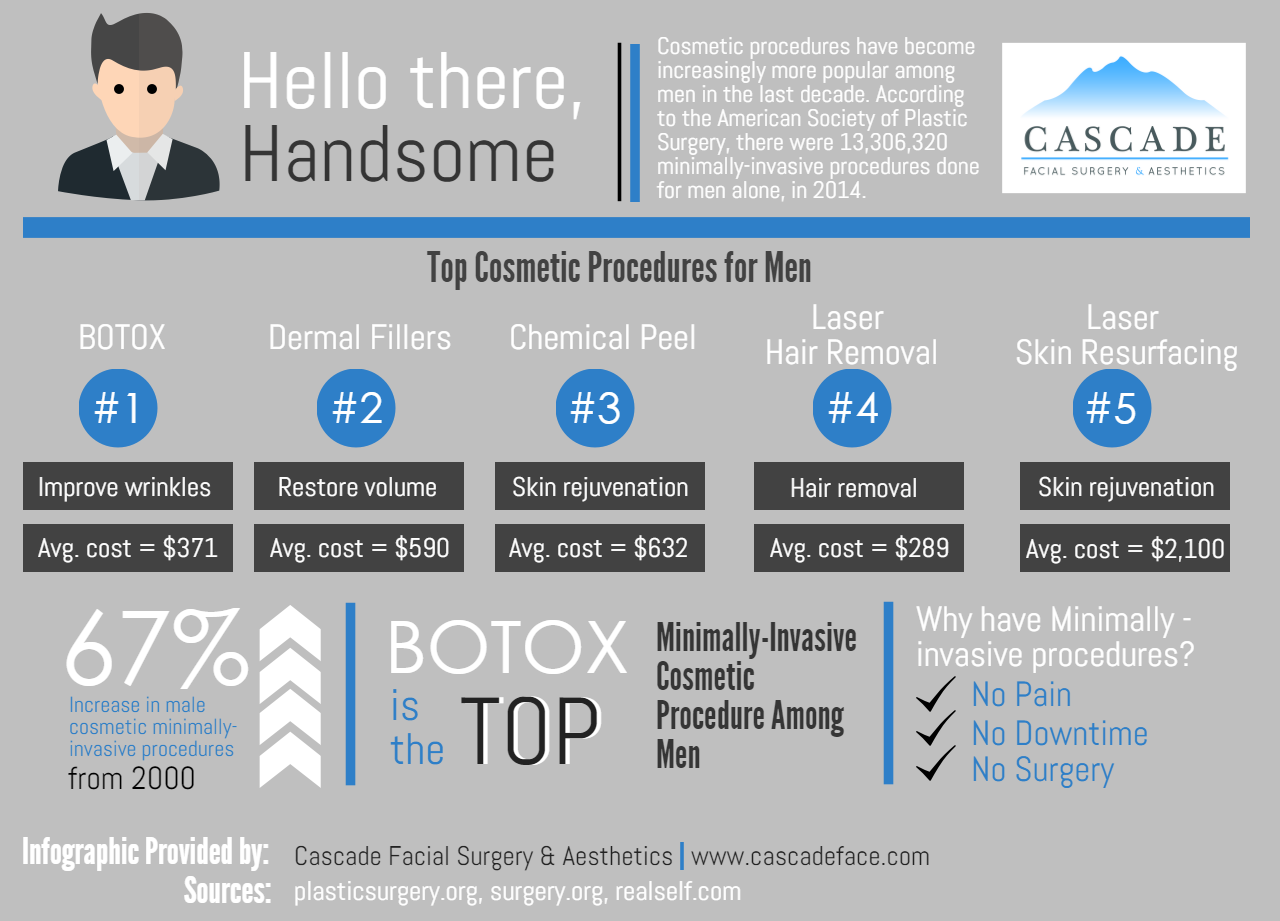Spironolactone For Acne Does It Help
Spironolactone For Acne Does It Help
Blog Article
Just How Does Photodynamic Therapy (PDT) Job?
Photodynamic treatment (PDT) incorporates a light-sensitive medication with special light to kill malignant and precancerous cells. Your medical professional places the medication on your skin or inside your eye and after that radiates a light on the treatment area.
This mix eliminates malignant cells and saves healthy and balanced cells. Yale Medication pulmonologist George Eapen, M.D., clarifies just how this works.
The Photosensitizer
Photodynamic therapy (PDT) makes use of a mix of light and a medicine called a photosensitizer to eliminate malignant or precancerous cells and spare healthy cells. You get an injection of the photosensitizer, which is then activated by light in your body. The photosensitizer is absorbed by both healthy and malignant cells but isn't harmful up until it is triggered by the light.
Light-absorbing particles, called photosensitizers, are discovered in plants and pets, including people. There are numerous photosensitizers, however many have the ability to take in a details series of light wavelengths.
Once the photosensitizer is subjected to a light with a coordinating spooky range, it's converted from its ground state right into a fired up singlet state. This enables it to transfer energy to molecular oxygen, creating singlet oxygen and cost-free radicals that mediate cellular poisoning.
The Light
During therapy, an unique light is shined on the area where the photosensitizer was applied. This light activates the medication and ruins cancer cells or precancerous cells that it has actually targeted.
The medications that are utilized in photodynamic treatment have various absorption properties and a few of them may take hours to leave regular cells yet continue to be much longer in cancer cells or precancer cells. This procedure permits the medical professional to target cancer cells extra specifically than various other kinds of treatments that use noticeable light, such as lasers or electrocautery [54]
Photodynamic treatment can deal with the earliest areas of sun damage called actinic keratosis and can lower skin cancer advancement in people at high threat for establishing the problem. It is additionally an alternative for some clients with wet therealgenesisx type age-related macular deterioration, which is a typical cause of loss of main vision in older adults. It can not bring back the loss of vision triggered by this illness, but it can decrease the progression of abnormal blood vessel growth that creates damp AMD.
The Activation
Photodynamic treatment (PDT) uses a drug and light to treat cancer cells and other skin conditions. It targets precancerous cells and kills them. Unlike various other cancer therapies that shed and damage, this treatment eliminates precancerous cells while saving healthy and balanced cells.
The photosensitizer is provided right into the skin through topical, dental or intravenous administration. It is taken in by the tumor cells and triggered when exposed to light of a details wavelength. This triggers a series of photochemical responses that generates reactive oxygen varieties (ROS) that damages tumor cells and kill cancer cells.
PDT is most often utilized to deal with actinic keratoses and in situ squamous cell cancer (Bowen condition). It can also be used to deal with other sorts of skin cancer, consisting of superficial basic cell carcinoma. It can be utilized alone or with various other therapies, such as surgical procedure or radiation. It can even reduce tumors in the lungs, enabling surgical treatment or various other therapy to be safe and efficient.
The Therapy
PDT functions ideal in small uncommon areas of tissue that a light source can reach, such as the skin, eyes, mouth or food pipeline (gullet) and lungs. It is also utilized to treat precancerous developments, such as actinic keratoses, which are sun-damaged cells that can develop into cancer cells.
Doctors administer the photosensitizer as a cream or shot, and afterwards shine a light on the treatment area. The light ruins the irregular cells. While healthy and balanced cells soak up the photosensitizer, it stays longer in cancerous cells.
After the procedure, your body naturally takes care of the dead cells. Clients with lung cancer might experience divulging blood or have a bronchoscopy to get rid of the lungs of the dead tissue. In some cases, your doctors may use a bronchoscopy to remove the photosensitizer from the lungs as well if it causes serious symptoms. It is essential to stay inside your home and utilize sunscreen when you go outside while the photosensitizer is in your system.